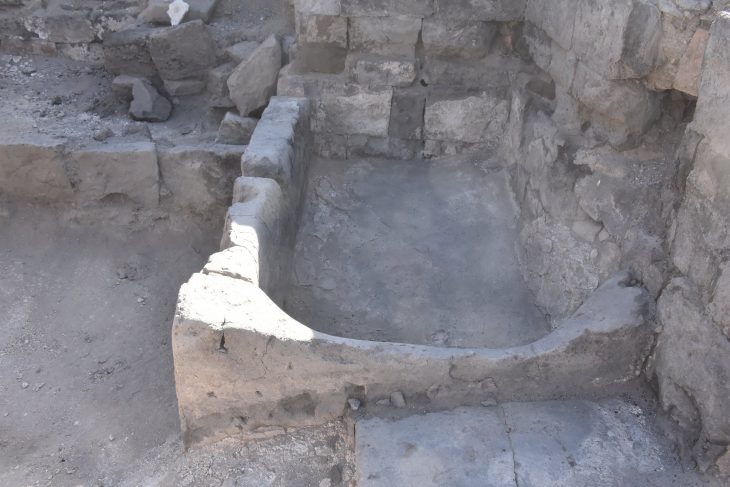An exciting discovery has emerged from ongoing excavations at the Ani Archaeological Site in eastern Turkey. Archaeologists working at the bathhouse – a structure with a fascinating historical connection – have unearthed a stone tub, hinting at a practice far ahead of its time.
Ani, a UNESCO World Heritage Site, was once a thriving medieval Armenian city. The current excavations are led by Muhammet Arslan, a faculty member at Kafkas University, along with a team of researchers from 20 universities, art historians, and students. This year, their focus on the Seljuk-era bathhouse yielded a remarkable find – a stone tub directly linked to a historical text.
The significance of the tub lies in a work by the Turkish scholar and poet Anili Kadı Burhaneddin-i Anevi. Notably, Anevi mentions the very same bath as his birthplace in his writings. The specific details surrounding his birth, including the presence of a physician and the location within the bathhouse, piqued the archaeologists’ interest. Phrases like “physician advice” and “hammam” (bathhouse) suggested a unique birthing practice – water birth.
“We’ve been searching for a stone tub like this since 2019,” Arslan reveals, highlighting the crucial role of Anevi’s account in guiding their excavation efforts. The discovery of the tub this year not only corroborates Anevi’s description but also rewrites medical history.
Traditionally, the first documented instance of water birth is attributed to France in 1803. However, the Ani excavation challenges this notion. Arslan argues that the combination of Anevi’s writings and the unearthed tub points towards Anatolia being home to one of the earliest examples of water birth, practiced as early as the 12th century.
This discovery transcends the realm of birthing practices. It sheds light on the advanced medical knowledge and sophistication of Turkish culture and civilization in the 12th century. The presence of a dedicated birthing tub within a bathhouse suggests a well-developed understanding of hygiene and potentially pain management during childbirth.
The unearthed tub itself offers further details. Located in the northwest corner of the warm room, it has a rectangular shape measuring roughly 1.93 meters in length, 1.40 meters in width, and 50 centimeters in depth. Interestingly, the tub was equipped with a water supply system from the cold area and a drainage system in the east. The interior lining of the tub was also plastered, indicating a focus on cleanliness.
The Ani Ruins, with their rich history and ongoing archaeological revelations, continue to offer valuable insights into past civilizations. This recent discovery not only sheds light on a unique birthing practice but also compels us to re-evaluate our understanding of medical advancements in the medieval world.
